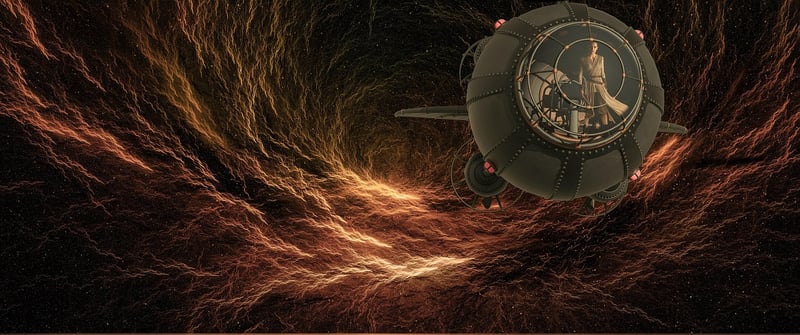Machine Operations
Mechanisms for Time Travel and Machine Operations
Time travel has long been a fascination for humanity, inspiring countless works of fiction and scientific inquiries. While time travel remains a theoretical concept, various mechanisms have been proposed to potentially achieve this phenomenon. Let's explore some of these mechanisms and the operations of time-travel machines:
1. Wormholes
One popular theory for time travel involves wormholes, hypothetical tunnels in spacetime that could create shortcuts for long journeys across the universe. By manipulating these wormholes, it might be possible to traverse not only vast distances but also travel through time.

2. Time Dilation
Time dilation, a concept from Einstein's theory of relativity, suggests that time can be experienced differently for objects in motion. By traveling at speeds close to the speed of light, time could be perceived differently, potentially allowing for time travel into the future.

3. Quantum Entanglement
Quantum entanglement, where particles become interconnected regardless of the distance between them, has led to speculation about using this phenomenon for instantaneous communication across vast distances. Some theories propose leveraging quantum entanglement for potential time travel applications.

Machine Operations for Time Travel:
While the mechanisms for time travel are theoretical, the operations of time-travel machines in science fiction often involve complex technologies and concepts.
Key Components of Time-Travel Machines:
- Power Source: A futuristic and potent energy source is often required to manipulate spacetime.
- Temporal Navigation System: To control the destination and duration of the time jump.
- Temporal Shields: Protection against potential paradoxes or disruptions to the timeline.
- Temporal Flux Capacitor: Fictional device for generating the temporal flux necessary for time travel.
While the reality of time travel machines remains uncertain, exploring these mechanisms and machine operations sparks the imagination and pushes the boundaries of scientific understanding.
